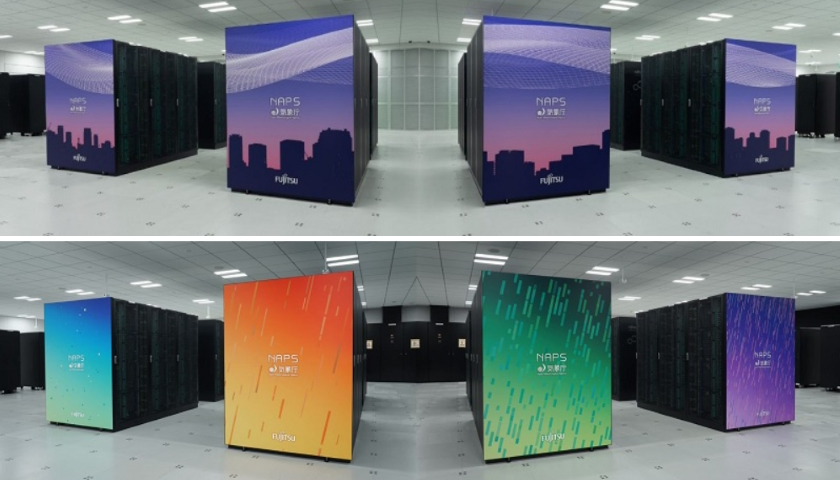Fujitsu has provided a new supercomputer to the Japan Meteorological Agency (JMA) with a capacity of 31.1 petaflops.
The new system, expected to be operational in March 2023, will be used to predict the occurrence of linear rainbands which can cause floods and landslides. Linear rainbands are a weather phenomenon where cumulonimbus clouds remain in the same area for several hours, often leading to heavy rains.
The supercomputer will be based on the Fujitsu Supercomputer PrimeHPC FX1000 hardware, which features the same A64FX CPU as that of Fugaku, currently ranked number two on the Top500 list of most powerful systems.
The system will be housed at a Fujitsu data center. Though a more specific location has not been provided, the company’s closest facility to the JMA is based in Yokohama. According to Fujitsu, this data center has been equipped with safeguard mechanisms against various disasters including earthquakes and flooding.
The new supercomputer consists of 24 racks (12 each for the main and subsystems) and has high-speed storage with a total capacity of 42.3 petabytes.
JMA was originally using Fugaku to develop its linear rainband technology, first starting in June 2022. The results of this will be leveraged for the new system. According to Fujitsu, the company plans to offer ongoing support to the JMA’s activities, including helping with the development of the Automated Meteorological Data Acquisition System (AMeDAS).
Fujitsu is a Japan-based IT services provider, including computing, networks, AI, data, and security. The company provided another supercomputer earlier this year, this time with 10 petaflops of capacity, for Taiwan’s Central Weather Bureau. The system is based on the same hardware as that being provided to the JMA.
Source: datacenterdynamics.com





